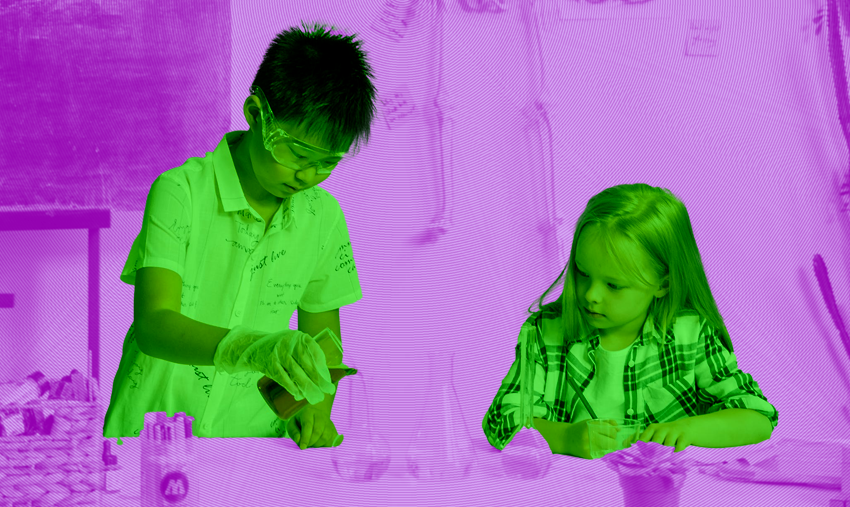On a (Re)Mission
Cancer-treating soap is far from the first useful teen invention.

Virginia ninth-grader Heman Bekele was recently named “America’s Top Young Scientist” for inventing a 50-cent bar of soap that treats skin cancer.
Hosted by 3M and Discovery Education, the competition is just a wee bit more prestigious than your average science fair. Created to help young scientists present their innovative, life-changing inventions, it not only boosts awareness for these brainy kids, but also comes with a $25,000 prize for the winner.
Bekele’s creation is designed to treat melanoma, which annually costs $8.1 billion to treat, according to 3M’s press release. By contrast, his soap costs a whopping $.50 to make and “could positively impact skin cancer outcomes.” The teen plans to create a non-profit organization to make the soap freely available in needy communities, 3M said.
Two runners-up had some pretty cool ideas, too:
- California ninth-grader Shripriya Kalbhavi won second place and $2,000 for inventing a cost-effective skin patch for self-automated medication delivery.
- Massachusetts seventh-grader Sarah Wang won the $1,000 third prize for her glove that can detect certain epileptic seizures.
Since its 2012 founding, previous winners of the prize have developed things such as phototherapy headphones, a nanoparticle “liquid bandage,” and an app-enabled system to instantly detect lead contamination in water.
These kids are clearly just a bit above average. But thanks to their combination of being imaginative and refreshingly un-jaded, teens have invented more useful things than you might think – everything from popsicles to trampolines to snowmobiles. Some other notable examples from the past decade:
- Water Purifier/Power Generator: Cynthia Sin Nga Lam created this sunlight-powered device at age 17, in 2014. Her goal was to make both pure water and electricity more accessible to all.
- DIY Braille Printer: Created by 13-year-old Shubham Banerjee in 2014. Although industrial printers existed, his invention made them far less expensive and more accessible for the average family. Plus he kept up a long tradition: Louis Braille created the first version of his tactile writing system when he was 15.
- Pedal-Powered Washing Machine: Created by 14-year-old Remya Jose in 2018. When her sick mother asked her to help with the laundry, she was unimpressed by the time and effort required to wash a load in the nearby river. Soon enough, she figured out how to do laundry and exercise at the same time! Well, it sounds exciting to us, anyway.
